Govt shutdown reflects US political dysfunction
Instead of negotiating policy differences, lawmakers allow closure as bargaining tactic
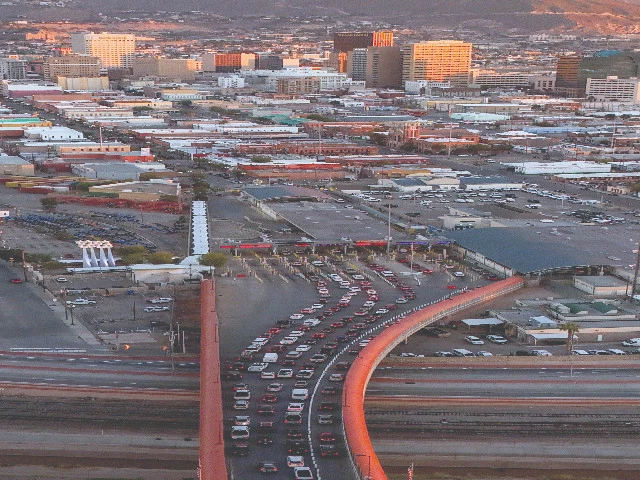
We are once again watching the opening act of America's government shutdown drama – a political serial that has played out fewer than a couple of dozen times over the past five decades. The cast rarely changes: Democrats and Republicans trading accusations across the aisle. The storyline, too, is familiar: partisan brinkmanship played for political gain.
At the core of this drama is the failure of Congress and the president to agree on a bill funding government services. When this happens, non-essential government functions cease, federal employees are furloughed, and only critical services, like national security and air traffic control, continue – often with staff working without pay.
The latest episode revolves around a Congressional deadlock over healthcare funding. Democrats are pushing for stronger Obamacare protections and expanded subsidies, while Republicans accuse them of attempting to extend benefits to undocumented immigrants.
"Senate Democrats are shutting down the government and holding the economy hostage because they want to reinstate those benefits for illegal aliens," US Vice President JD Vance said in a TV interview. "Republicans shut down the government because they can't be bothered to protect healthcare for Americans across this country," Senate Minority Leader Chuck Schumer wrote on X.
Although government shutdowns have been a recurring feature of US politics since the 1970s, the latest episode comes amid Trump's hardline plans to reshape the federal workforce in a bid to "cut costs and increase efficiency." The White House has threatened mass layoffs – "likely in the thousands" – if Congress fails to reach a bipartisan deal. Republican officials told CNN that the Senate might not hold the vote at the weekend, which rules out any quick end to the standoff. Democrats, however, remain unfazed by threats of mass layoffs, given Trump's mercurial style – known for upending situations dramatically before suddenly pursuing deals that can upend his own team's plans.
To outsiders, it may be perplexing that the world's largest economy frequently cripples parts of its government over political wrangling. But for Americans, such showdowns have become a political ritual, even though they come with huge costs. Analysts say that shutdowns cost billions, weaken public services, demotivate workforce, turn away talent, and promote cynicism about America's political system. Each episode leaves deep scars – on household budgets, community economies, and institutional trust. However, most Americans know that shutdowns are not fiscal discipline, but dysfunction disguised as governance.
The United States has had 20-plus shutdowns since the modern budget process began in 1976, with 11 since 1980 causing furloughs and suspension of non-essential services. The longest – the 2018-19 standoff – lasted 35 days, leaving 800,000 federal workers unpaid, disrupting air travel and food inspections, and costing billions of dollars in economic losses.
While American politicians often seek to dismiss these budgetary rows as temporary inconveniences, research and historical data tell a different story. Shutdowns waste money, weaken government capacity, dent worker morale, and leave scars that last long after agencies return to work.
In the US, budget deadlines have increasingly been used as a political weapon. Instead of negotiating policy differences through regular Congressional debate and compromise, lawmakers have threatened – and at times allowed – shutdowns as a bargaining tactic.
Yes, you heard that right. Still not convinced? Let's take a look at some historical examples. In 1995-96, Republicans led by Newt Gingrich forced two shutdowns to extract cuts from Bill Clinton. In 2013, Republicans triggered a 16-day shutdown over Barack Obama's Affordable Care Act. And in 2018-19, the trigger was Trump's demand for border wall funding. Each episode shows how political division has made consensus elusive, indicating a dysfunction within the American political system. It's a myth that government shutdowns save money. No, they don't. In fact, they end up costing more. The 2013 shutdown alone cost $2 billion in lost productivity, according to the estimates of the Office of Management and Budget. A 2019 Senate inquiry found the last three shutdowns had cost nearly $4 billion, mostly in back pay and administrative overhead. The 2018-19 episode delivered the costliest blow, with the Congressional Budget Office estimating the total loss at $11 billion, including $3 billion in permanently lost output.
Similarly, shutdowns also delay contracts, disrupt long-term projects, and often force agencies to rely on more expensive temporary contractors once operations resume. In short, rather than trimming "waste," shutdowns often inflate costs. The economic damage is not confined to Washington. It ripples far beyond. Businesses reliant on federal contracts or permits face delays. Farmers awaiting subsidies, small businesses needing loans, and families dependent on assistance all feel the pain. During the 2013 shutdown, GDP growth fell 0.3% in that quarter. An S&P Global analysis estimated a shutdown in 2017 could shave $6.5 billion a week from GDP. Communities near national parks lost millions in tourism revenue. Even airlines felt the squeeze – Delta reported a $25 million loss during the 2018-2019 closure.
Financial markets are shaken as well. Studies of the 1995-96 and 2013 shutdowns found stock prices plummeting as investors braced for instability. The cumulative effect of these episodic standoffs erodes confidence in America's political system – and, by extension, in US debt.
Essential services also take a hit. The Food and Drug Administration suspends inspections, the Federal Aviation Administration reduces oversight, and the National Transportation Safety Board halts accident investigations. National parks and museums close, locking out millions of visitors.
The human cost is equally stark. In 2018-2019, 800,000 federal employees were furloughed or forced to work without pay. Missed paychecks meant struggling to cover rent, groceries, and utilities. Food banks came forward to feed unpaid workers. Even after back pay, the financial strain lingered. Studies show many workers didn't have savings for two weeks of expenses and cut spending by over 10% during shutdowns. Others quit government service altogether, with furloughed employees 31% more likely to leave within a year. Morale suffers, too. Studies show federal workers feel dispensable and disrespected. Many consider early retirement or quitting public service, undermining government capacity. Analysts estimate it could take a 10% wage premium to make up for the worker demotivation caused by shutdowns.
Beyond economics, shutdowns restyle social life. Transit ridership in Washington fell 11% in 2013. Crime patterns shifted. Communities near federal facilities saw local businesses suffer. What's most disturbing is how normalised government shutdowns have become. Once unimaginable, they have now become a political ritual nearly every fiscal year. This undermines trust in federal institutions. At home, polls consistently show declining public confidence in Congress. Abroad, shutdowns raise doubts about US credibility as a global leader.
As the latest shutdown drags on, Washington faces a choice: break the cycle of brinkmanship or continue down a path where dysfunction masquerades as governance. Until then, each episode will remain a sobering reminder of the paralysis at the heart of American power.
The writer is an independent journalist with special interest in geoeconomics

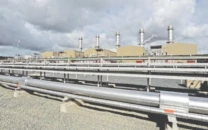




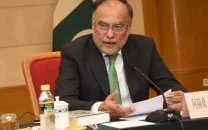

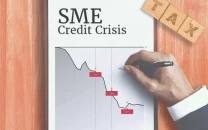
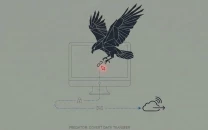




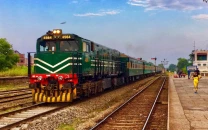





COMMENTS
Comments are moderated and generally will be posted if they are on-topic and not abusive.
For more information, please see our Comments FAQ